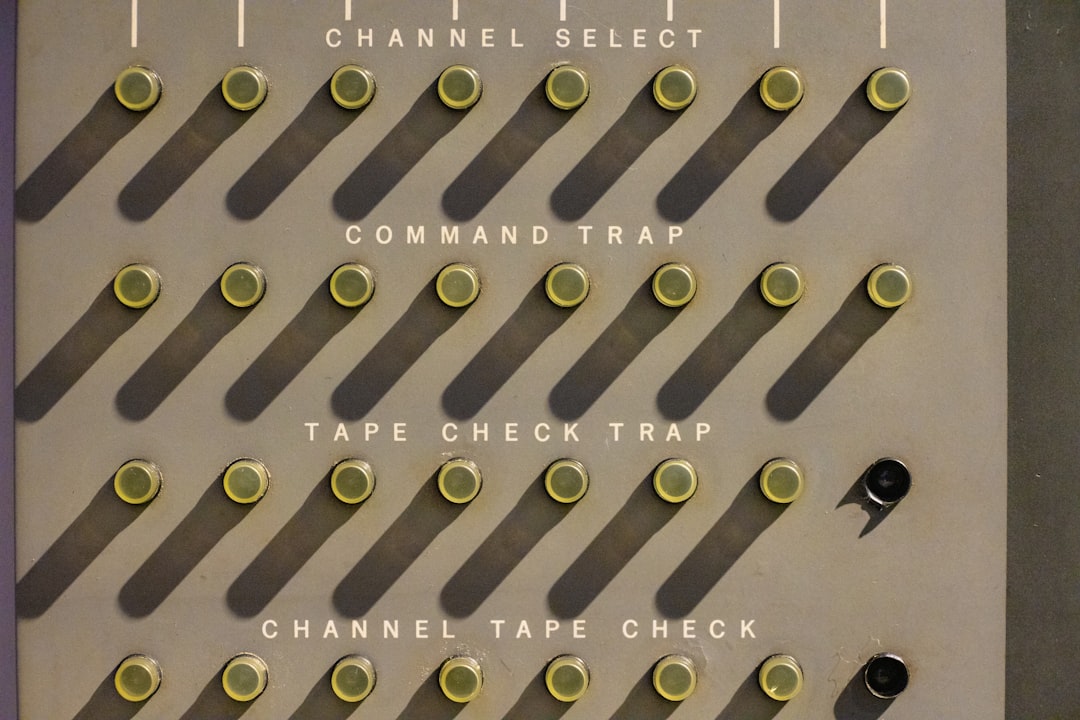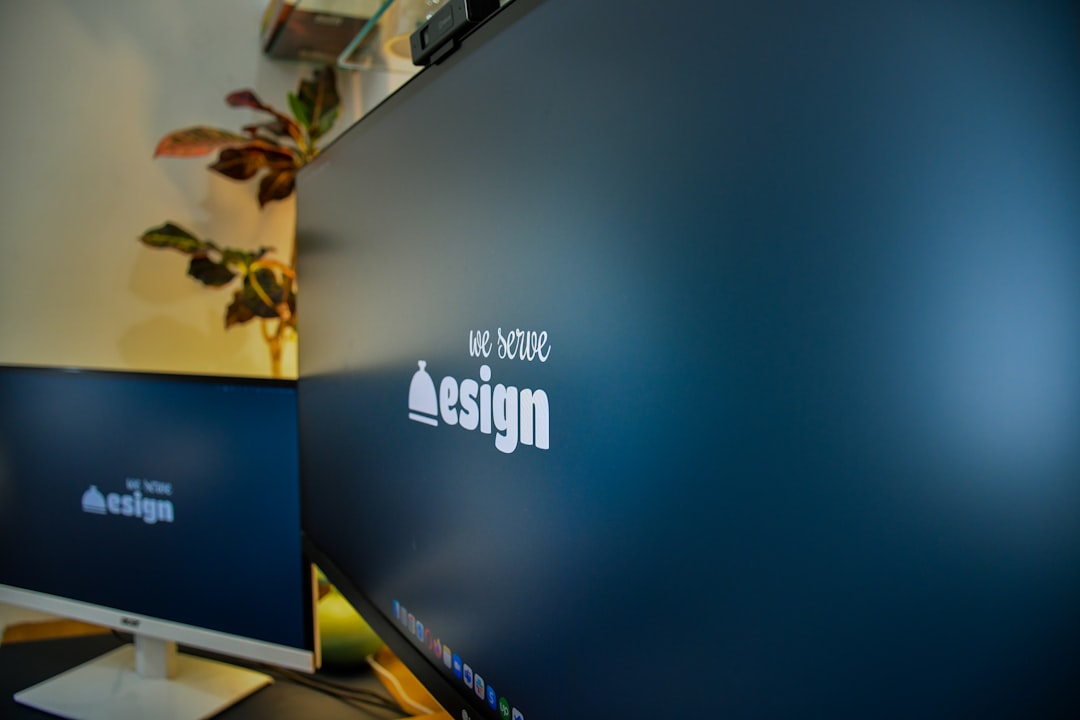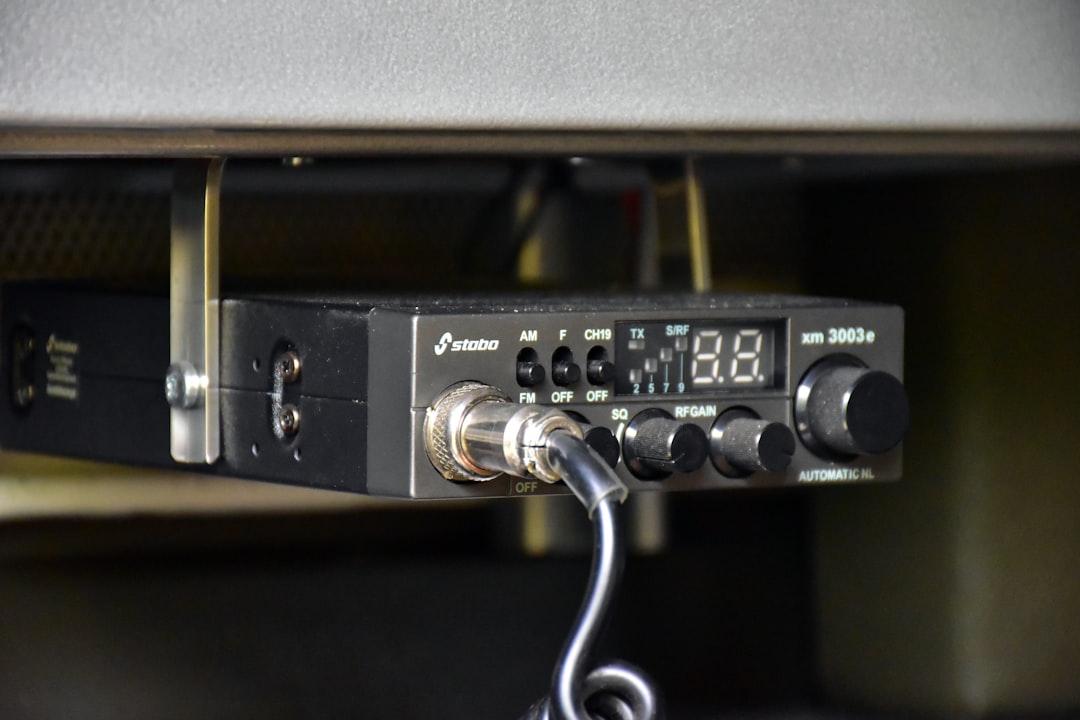Whether you’re a seasoned music producer or an aspiring beatmaker, understanding how to control your audio levels in FL Studio is essential to achieving clean, balanced mixes. Decibel (dB) levels determine how loud or soft a sound is within your project, and making precise adjustments can dramatically improve the clarity and quality of your final track.
Contents of Post
TL;DR
Adjusting dB levels in FL Studio can be done in multiple ways, including using the channel rack, mixer, and automation clips. These changes help manage volume, avoid distortion, and maintain the clarity of your audio. Always monitor your levels visually and audibly using metering tools in FL Studio. Quick changes can be made with sliders, but refined mixing requires careful attention to detail.
What Are dB Levels and Why Do They Matter?
dB levels, or decibel levels, measure the volume of an audio signal. In simple terms, the higher the dB level, the louder the sound. Every sound in FL Studio—from individual drums to instruments and entire tracks—has its own volume level, which, if improperly managed, can lead to clipping, muddiness, or a flat-out unpleasant listening experience.
By learning how to adjust and balance these levels, you ensure that 👇
- Each sound sits well in the mix
- No element is overpowering
- You maintain dynamic range, preserving energy and emotion
Common Ways to Adjust dB Levels in FL Studio
FL Studio provides several intuitive tools to adjust the volume of your sounds—each serving a different purpose in your workflow. Let’s dive into the most commonly used methods:
1. Using the Channel Rack Volume Knob
Each sound loaded into the Channel Rack comes with its own volume knob. This is a great place to start when adjusting the volume of individual samples or instruments.
To change the volume here:
- Click on the small knob next to the sample or instrument
- Drag it up or down to increase or decrease volume
Keep in mind this adjusts the pre-mixer level, so it affects how loud the sound goes into the mixer track if it’s assigned to one.

2. Adjusting Volume in the Mixer
Probably the most crucial zone for managing levels in FL Studio is the Mixer. Here, you can make precise adjustments to how loud each sound is relative to others, making it integral for mixing.
To use the mixer for dB level adjustment:
- Open the Mixer (F9 on your keyboard)
- Select the track associated with your sound or instrument
- Use the volume fader to adjust the level—drag up for louder, down for softer
You’ll notice the dB levels change as you move the fader. In FL Studio, 0 dB is the peak level; anything above it can cause distortion or clipping.
Precise Control with dB Readouts
When dragging the fader, you’ll see a dB readout at the top of the mixer. FL Studio allows for precision down to the decimal point, so you can fine-tune audio for balance and clarity. Aim to keep individual tracks peaking between -10 dB and -6 dB before final mastering.
3. Using Automation Clips for Dynamic Control
Want a synth to gradually get louder over four bars? Or a vocal to fade away smoothly? Automation is your best friend. An Automation Clip lets you control volume over time, dynamically adjusting the dB level.
To create a volume automation clip:
- Right-click the volume knob or mixer fader of the channel you want to automate
- Select “Create automation clip”
- A clip appears in the Playlist; adjust nodes to shape the volume changes
This method is ideal for making your mix feel alive and less static. Automation allows changes in dB levels that evolve throughout your song.

Tips for Managing dB Levels Effectively
Here are a few golden rules and best practices to follow:
- Watch for Clipping: The master channel should never peak above 0 dB. If it does, reduce individual track volumes or use a limiter temporarily.
- Use Meters: The mixer’s visual meters give you clear feedback on where your dB levels stand. Combine visual cues with your ears.
- Balance First, Then Effects: Get the levels right before applying effects like compression and reverb. Effects can color your sound, but they shouldn’t fix volume issues.
- Use Grouping: Combine similar instruments (like drums or vocals) into a bus or group channel. You can then adjust the group’s dB level collectively.
Advanced Techniques: Plugin Gain Staging
Plugins like EQs, compressors, and saturation effects can also impact volume. Many have input and output gain knobs. Improper use can unexpectedly raise or lower dB levels.
Best practices for plugin gain staging:
- Keep input level consistent going into the plugin
- Match output level so it doesn’t affect your overall mix
- Use gain meters inside the plugin when available
This ensures your processing adds the desired coloration or effect without boosting or cutting the volume in undesirable ways.

Mastering Your Master Channel
It may be tempting to just increase the volume at the Master channel to make your track louder. But this isn’t a substitute for proper mixing. In fact, an overly loud Master can ruin your final product.
The Master fader is best used for subtle adjustments or overall fades. Ideally, your mix should sound balanced without needing drastic changes at the final bus.
Use a Limiter or Mastering Chain
To safely increase the perceived loudness of your track, consider applying a limiter or using a mastering chain. But be warned: mastering doesn’t fix a bad mix full of poor dB levels.
Common Mistakes to Avoid
Even experienced producers sometimes fall into common traps:
- Relying solely on visual meters – Your ears are the best judges. Always listen carefully.
- Boosting instead of cutting – If something is too quiet, consider reducing other tracks instead of constantly boosting one loud.
- Ignoring dB headroom – Save headroom for mastering. If your mix is already hot, there’s no space left for polish.
Conclusion: A Balanced Mix Is a Beautiful Mix
Changing and managing dB levels in FL Studio is a fundamental skill that every serious music producer should master. Whether you’re creating trap beats, orchestral scores, or EDM anthems, how you control your volume levels affects the entire feel and quality of your song.
Start with good recording levels, organize your mixer tracks, use automation creatively, and always prioritize clarity over loudness. With practice and attention, adjusting dB levels becomes second nature—and your mixes will sound better than ever.
Happy producing!

